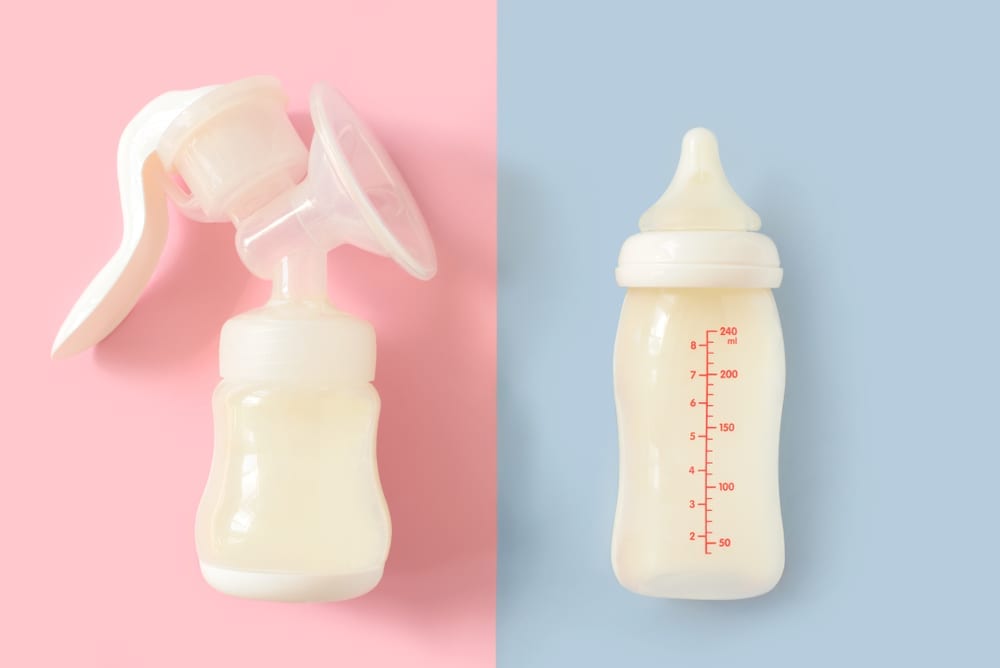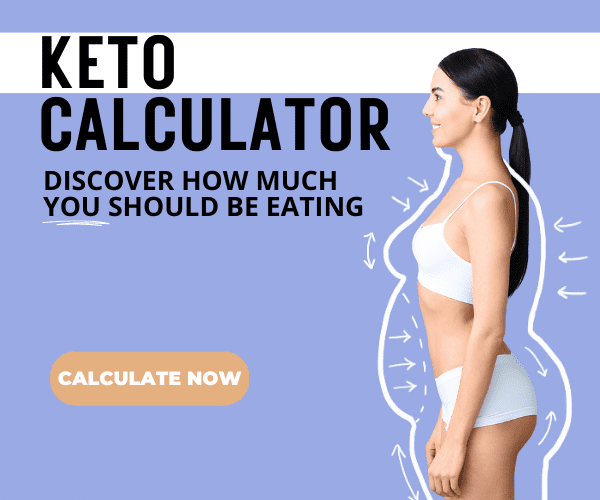The Benefits of Breastfeeding: Why You Should Invest in the Breast

Human breastmilk is a unique substance with a wide array of health benefits that has yet to be matched. Infant formula companies have poured billions into trying to mimic the health properties of human breastmilk in hopes of providing a similar food source for babies that do not have breastmilk available to them. [1]
What is it about breastmilk that makes it so healthy?
 The composition of human breastmilk
The composition of human breastmilk
Water makes up 87% of the milk, while fat, carbohydrate, and protein make up the other 13%. Therefore, milk is both a food and water source. The content of fat and protein needs vary with the age of the baby, according to the baby’s growth needs. The carbohydrate (lactose) content, on the other hand, remains constant throughout infancy. Typically, the macronutrient ratio of human breastmilk is 50% fat, 40% lactose, and 10% protein. In addition to these macronutrients, human breastmilk contains a seemingly perfect formulation of vitamins, minerals, digestive enzymes, hormones, immune cells (i.e., stem cells), antibodies, and probiotics and prebiotics that contribute to the health of the baby. [1]
Breastfeeding recommendations
The American Academy of Pediatrics (AAP) recommends exclusively breastfeeding a baby until 6 months of age followed by the combination of breastfeeding with complementary foods until at least 12-24 months of age. [2] These recommendations are based on the countless health benefits that result from breastfeeding for both the child and mother.
 Breastfeeding benefits for the baby [3] [4] [5] [6] [7] [8] [9]
Breastfeeding benefits for the baby [3] [4] [5] [6] [7] [8] [9]
- Improves immune function due to building a healthy gut microbiome
- Better antibody response to vaccines
- Protects against type 1 diabetes in childhood and type 2 diabetes later in adulthood
- May protect against high systolic blood pressure in adulthood
- Protects against being overweight
- Infants not breastfed have a 33% greater chance of becoming obese children
- Reduces risk for:
- Sudden Infant Death Syndrome (SIDS)
- celiac disease and Crohn’s disease
- allergies
- ear infections
- respiratory illnesses
- dental cavities
- Higher performance on intelligence tests
- Greater cognitive development
Breastfeeding benefits for the mother [3] [4]
- Reduces risk for:
- premenopausal breast cancer
- type 2 diabetes
- ovarian cancer
- obesity
- heart disease
- postnatal depression
- osteoporosis
- hypertension
- dyslipidemia
- Improves birth spacing
- Reduces risk for delivering prematurely if properly spaced
Breastfeeding benefits for the nation
Breastfeeding isn’t just good for an individual baby and mother, the overall society would benefit, as well, from breastfeeding. If 90% of infants in the United States were exclusively breastfed for 6 months, ~911 infant deaths could be prevented and $13 billion per year would be saved in associated medical costs. [10]
Do we meet the AAP’s breastfeeding recommendations?
According to the Center for Disease Control and Prevention, the United States breastfeeding statistics for 2013-2016 include: [11]
- 1% of infants began breastfeeding at birth
- 8% of infants were breastfed for 6 months
- 7% of infants were breastfed for 1 year
Why aren’t more babies breastfed for at least 6 months?
As a full-time working mother of an almost 6 month old, I understand the difficulties that come with breastfeeding (i.e., exhaustion, embarrassing at times, lack of milk production, and the inconvenience of pumping at work). It is a non-stop unselfish labor of love for sure.
I constantly have to remind myself of the benefits for both my child and myself. All mothers need to be reminded, so that they do not feel alone and give up. The support for mothers to breastfeed is building and new mothers need to be fully educated on the resources in this area.
Breastfeeding Support
- 1. Insurance companies offer free breast pumps. Call your insurance company and they will send you options. Pick your option and it should be shipped easily to you, hassle-free.
- 2. Hospitals and mid-wives have free breastfeeding educational sessions. These sessions will teach mothers how to breastfeed and pump efficiently. There are also many free educational books and videos that provide tips for effective breastfeeding and pumping.
- 3. If you are a working mother, become familiar with your workplace rights to breastfeed (both federal and state-specific). Designing a pumping routine at your workplace prior to delivery may improve your success with breastfeeding. The Fair Labor Standards Act was amended in 2010 to better support workplace breastfeeding. Employers are required to provide: [12]
- “Reasonable break time for an employee to express breast milk for her nursing child for 1 year after the child’s birth each time such employee has need to express the milk.”
- “A place, other than a bathroom, that is shielded from view and free from intrusion from coworkers and the public, which may be used by an employee to express breast milk.”
The composition of breastmilk has yet to be matched by any formula or supplement company. Even more, it is free. If you are a working mother, take breaks at work to pump and continue to feed your baby breastmilk (A.K.A., liquid gold). The health and even financial benefits will be well worth the hassle.
References
Martin, C. R., Ling, P. R., & Blackburn, G. L. (2016). Review of infant feeding: key features of breast milk and infant formula. Nutrients, 8(5), 279.
Eidelman, A. I., Schanler, R. J., Johnston, M., Landers, S., Noble, L., Szucs, K., & Viehmann, L. (2012). Breastfeeding and the use of human milk. Pediatrics, 129(3), e827-e841.
Victora, C. G., Bahl, R., Barros, A. J., França, G. V., Horton, S., Krasevec, J., … & Group, T. L. B. S. (2016). Breastfeeding in the 21st century: epidemiology, mechanisms, and lifelong effect. The Lancet, 387(10017), 475-490.
Binns, C., Lee, M., & Low, W. Y. (2016). The long-term public health benefits of breastfeeding. Asia Pacific Journal of Public Health, 28(1), 7-14.
Anderson, G., Vaillancourt, C., Maes, M., & Reiter, R. J. (2017). Breastfeeding and the gut-brain axis: is there a role for melatonin?. Biomolecular Concepts, 8(3-4), 185-195.
Oddy, W. H. (2001). Breastfeeding protects against illness and infection in infants and children: a review of the evidence. Breastfeeding Review, 9(2), 11.
Davis, M. K. (2001). Breastfeeding and chronic disease in childhood and adolescence. Pediatric Clinics of North America, 48(1), 125-141.
Klement, E., Cohen, R. V., Boxman, J., Joseph, A., & Reif, S. (2004). Breastfeeding and risk of inflammatory bowel disease: a systematic review with meta-analysis. The American journal of clinical nutrition, 80(5), 1342-1352.
Chantry, C. J., Howard, C. R., & Auinger, P. (2006). Full breastfeeding duration and associated decrease in respiratory tract infection in US children. Pediatrics, 117(2), 425-432.
Bartick, M., & Reinhold, A. (2010). The burden of suboptimal breastfeeding in the United States: a pediatric cost analysis. Pediatrics, 125(5), e1048-e1056.









